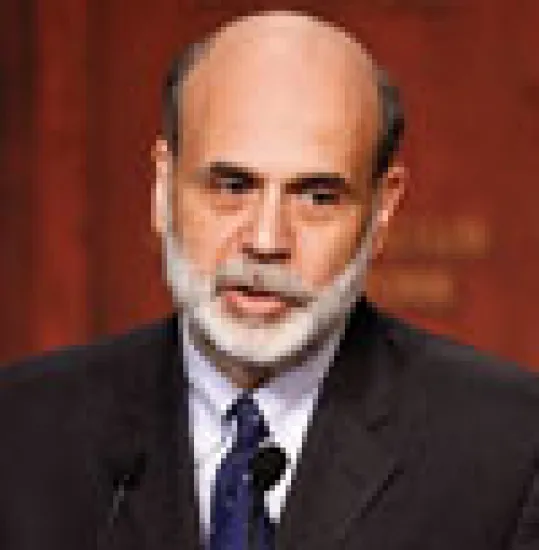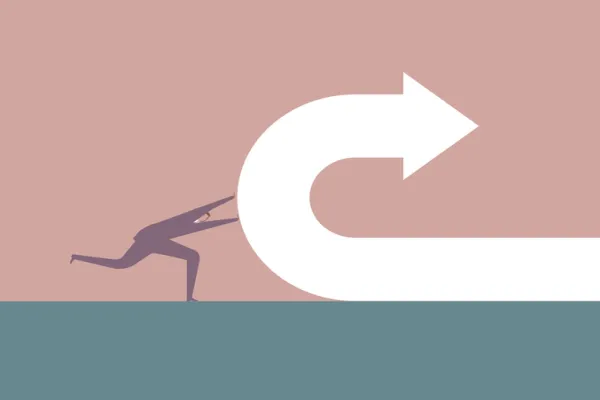Federal Reserve chairman Ben Bernanke has been performing triage for the past year and a half on a desperately ill financial system, rifling through the supply room to find new treatments for an unfamiliar and potentially deadly contagion. He has slashed short-term interest rates to near zero and greatly expanded the Fed’s balance sheet by buying up commercial paper, mortgage-backed securities and credit issued by Fannie Mae and Freddie Mac.
The latest experimental remedy: The Fed is considering buying U.S. Treasury debt in an attempt to reduce long-term interest rates and restore the economy to health. Still, even with all these efforts, the patient remains in alarming condition — largely unresponsive to the interventions.
And let’s not forget about the occupational hazard hanging over the physician. The very real risk here is that Dr. Bernanke’s efforts to heal the financial system could infect the Fed itself.
The Fed has put itself in a vulnerable position by offering massive bailouts and credit guarantees to sickly institutions, such as insurer American International Group, and financial markets, such as the commercial paper market, says Mustafa Chowdhury, head of U.S. interest rate strategy at Deutsche Bank. The Fed’s assets at the end of January were $1.9 trillion, up from $920 million at the end of 2007, though down from a record $2.3 trillion in December, as banks began to find sources of private credit. The Fed’s bailouts and guarantees, which Chowdhury puts at $3 trillion, include about $500 billion spent on mortgage-backed securities and $100 billion on agency debt issued by Fannie and Freddie, he says.
The Fed can afford to buy up assets because it pays for them in part with overnight bank borrowings that have an interest rate of just above zero, Chowdhury says. But interest rates won’t stay there forever — at some point, the bailouts are bound to kick in, and the economy will begin to recover. That will revive the dormant fear of inflation, and rates will rise, boosting the Fed’s borrowing costs and eroding the value of the debt it has purchased, creating another drag on the economy. "That’s known as a funding mismatch," Chowdhury says. The use of low-cost short-term debt to fund the purchase of higher-yielding long-term debt was the problem that brought down structured investment vehicles at the beginning of the credit crisis.
Such borrowings could also jeopardize the Fed’s independence, which is crucial to the long-term health of the financial system. The Fed is supposed to be divorced from political influence, but a funding mismatch could force it to seek cash from the Treasury, potentially subjecting the Fed to the demands of elected officials who could ask it to lower interest rates in exchange for cash to fund its operations. Such a scenario would frighten investors, who flock to Treasuries because they believe the Fed is vigilant about keeping rates high enough to fight off inflation.
"If the Fed had negative capital, it would be a terribly big problem," says Hal Scott, a finance professor at Harvard Law School. Scott, who’s on the Committee on Capital Markets Regulation, a research group that in January proposed a plan to streamline U.S. financial regulation, says the Fed could reduce its risk by transferring dangerous assets to the more transparent U.S. Treasury, which can seek borrowing authority to cover any losses. Political support for such borrowings could be hard to obtain, given congressional unease over the Treasury’s use of its $700 billion in funds under the Troubled Assets Relief Program. But such a move would shield the Fed with sufficient capital, so that it doesn’t get sick itself and put the financial system in even greater danger.






